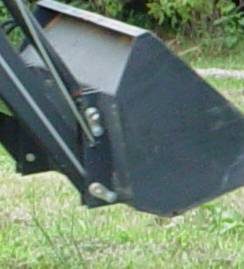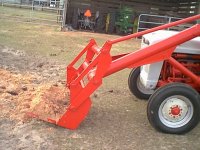schmism
Super Member
So i noticed that within the past "few" years most bucket design has gone from one were the bucket was mounted directly to the arm and the curl cylinder, to one that had "extra" linkage connected to the curl cylinder.
is there some mechanical advantage thats gained? or do they get away with useing a smaller curl cylinder this way?
what gives?

vs

is there some mechanical advantage thats gained? or do they get away with useing a smaller curl cylinder this way?
what gives?

vs


